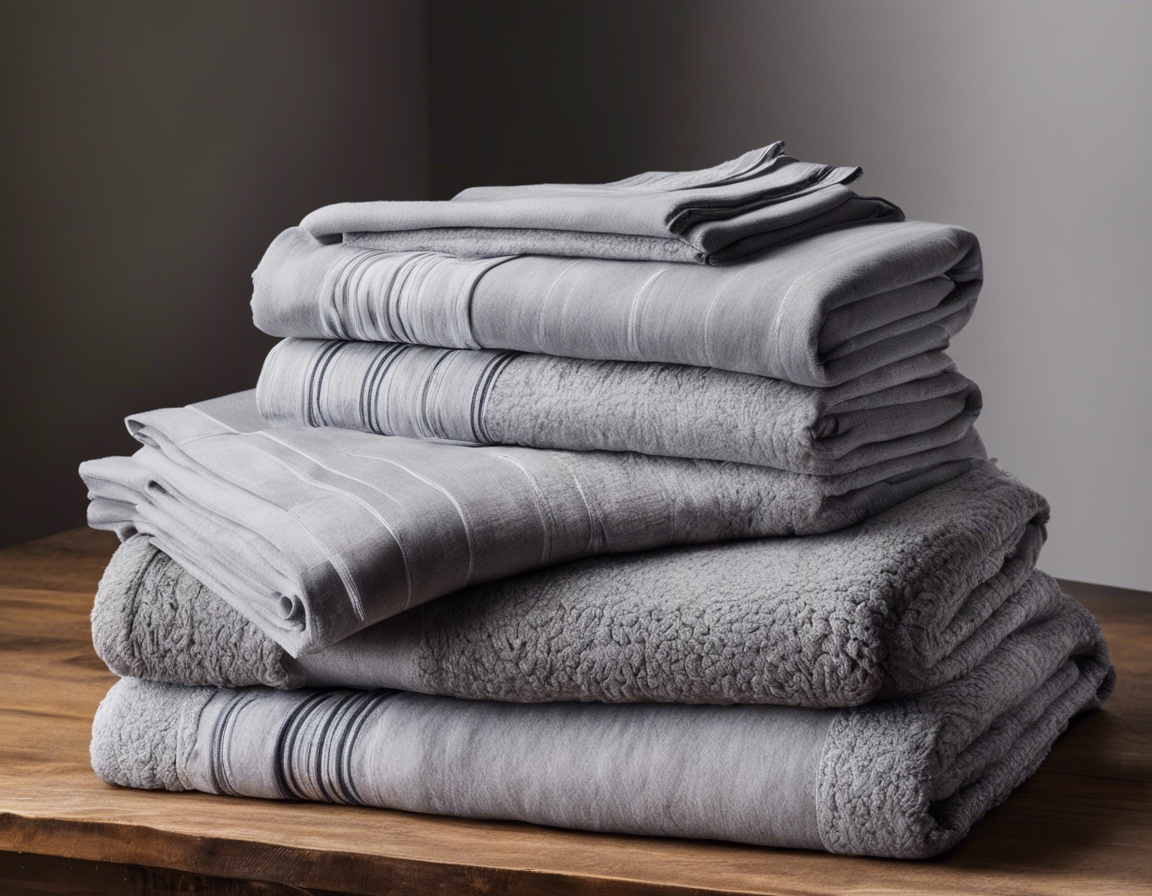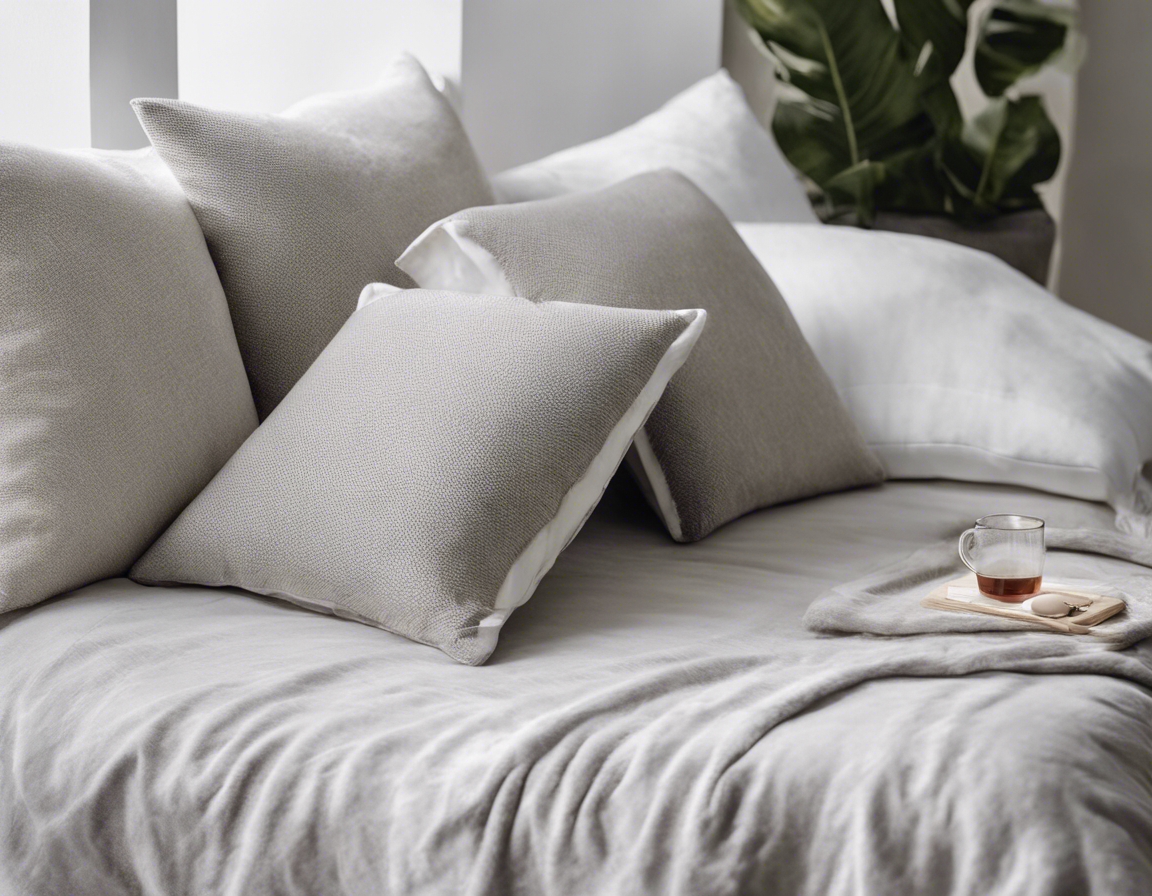The art of textile: from thread to comfort
Textiles are an integral part of human civilization, providing not just functionality but also comfort and aesthetic pleasure. From the clothes we wear to the linens that grace our homes, textiles are a testament to human creativity and ingenuity.
Throughout history, textiles have been a medium of expression and a marker of cultural identity. Ancient civilizations used textiles for trade, status symbols, and even storytelling through intricate patterns and designs.
The Journey of Textile Creation
Selecting the appropriate fibers is the first step in the textile production process. Natural fibers like cotton, wool, and silk, as well as synthetic ones like polyester and nylon, each have unique properties that determine the texture, durability, and comfort of the final product.
Spinning fibers into yarn is an age-old craft that sets the stage for fabric creation. The quality of the spun yarn influences the strength and feel of the textile.
Weaving and knitting transform yarn into cloth. The choice between these techniques affects the cloth's flexibility, warmth, and how it drapes.
Dyeing and printing introduce color and patterns to textiles, turning plain fabric into vibrant pieces of art. These processes have evolved to include a variety of techniques that cater to different aesthetic and functional requirements.
The finishing process, which may include washing, shrinking, and softening, ensures that textiles meet the desired standards of comfort and quality.
The Role of Textiles in Interior Design
Textiles play a pivotal role in interior design, adding warmth, texture, and color to spaces. They have the power to transform the ambiance of a room and reflect personal style.
When selecting textiles for different areas of the home, considerations such as light exposure, usage, and the desired mood of the space are crucial.
The texture of textiles contributes significantly to the overall comfort and sensory experience within a space. Soft, plush fabrics invite relaxation, while smooth, cool textiles can create a more formal atmosphere.
Sustainability in Textile Production
As environmental awareness grows, the demand for eco-friendly textiles has risen. Sustainable practices in textile production, such as using organic fibers and minimizing waste, are becoming increasingly important.
Choosing sustainable textiles has a positive impact on the environment by reducing the carbon footprint and conserving natural resources.
Embracing Craftsmanship and Quality
Handcrafted textiles are a celebration of craftsmanship and tradition. They often feature unique details and quality that mass-produced textiles cannot match.
Investing in high-quality textiles means enjoying greater comfort and durability. Quality textiles can withstand the test of time, becoming cherished pieces in a home.





Comments (0)